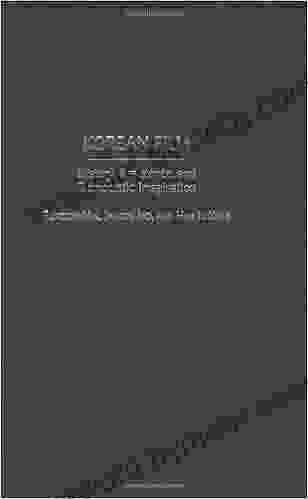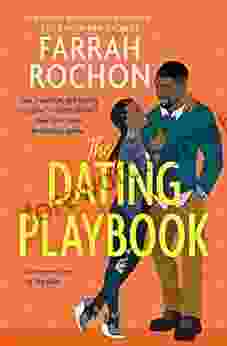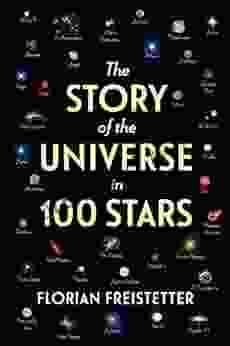Korean Film History: Resistance and Democratic Imagination

4.4 out of 5
| Language | : | English |
| File size | : | 3900 KB |
| Text-to-Speech | : | Enabled |
| Screen Reader | : | Supported |
| Print length | : | 208 pages |
Korean cinema has a long and rich history, dating back to the early 20th century. During this time, Korean filmmakers have produced a wide range of films, from historical dramas to comedies to thrillers. However, one of the most important aspects of Korean cinema has been its role in resisting oppression and promoting democratic ideals.
The Early Years of Korean Cinema
The first Korean film was produced in 1907. However, it was not until the 1920s that Korean cinema began to develop its own unique style and voice. During this time, Korean filmmakers began to produce films that addressed the social and political issues of the day. These films often criticized the Japanese colonial government and called for Korean independence.
One of the most famous Korean films of this period is Arirang (1926). This film tells the story of a young Korean woman who is forced to work as a prostitute for the Japanese military. The film was a huge success in Korea and helped to raise awareness of the plight of Korean women under Japanese rule.
Korean Cinema During the Japanese Colonial Period
The Japanese colonial government attempted to suppress Korean cinema. However, Korean filmmakers continued to produce films that expressed their resistance to Japanese rule. These films often used allegory and symbolism to avoid being censored.
One of the most famous Korean films of this period is Uigwe (1948). This film tells the story of a group of Korean musicians who are forced to play for the Japanese emperor. The film was a huge success in Korea and helped to inspire the Korean independence movement.
Korean Cinema After World War II
After World War II, Korea was divided into two countries: North Korea and South Korea. The two countries have very different political systems and cultures. This has been reflected in their respective film industries.
North Korean cinema is heavily censored by the government. As a result, North Korean films often focus on propaganda and glorify the country's leaders. However, there have been a few North Korean films that have been critical of the government.
South Korean cinema is much more free and open than North Korean cinema. South Korean films often address social and political issues. They also often explore themes of family, love, and loss.
The New Korean Cinema
In the 1990s, a new wave of South Korean films began to emerge. These films were often characterized by their realism, their dark humor, and their exploration of social issues.
One of the most famous films of this period is Oldboy (2003). This film tells the story of a man who is kidnapped and imprisoned for 15 years. When he is finally released, he sets out to find his kidnapper and get revenge.
Contemporary Korean Cinema
Today, Korean cinema is one of the most vibrant and exciting film industries in the world. South Korean films are regularly winning awards at international film festivals. Korean filmmakers are also increasingly collaborating with filmmakers from other countries.
One of the most recent Korean films to gain international acclaim is Parasite (2019). This film tells the story of a poor family who infiltrates a wealthy family's home. The film was a huge success in Korea and won the Palme d'Or at the Cannes Film Festival.
Korean cinema has a long and rich history. It has been a powerful force for resistance and democracy. Korean films have also been praised for their realism, their dark humor, and their exploration of social issues. Today, Korean cinema is one of the most vibrant and exciting film industries in the world.
4.4 out of 5
| Language | : | English |
| File size | : | 3900 KB |
| Text-to-Speech | : | Enabled |
| Screen Reader | : | Supported |
| Print length | : | 208 pages |
Do you want to contribute by writing guest posts on this blog?
Please contact us and send us a resume of previous articles that you have written.
 Book
Book Novel
Novel Page
Page Chapter
Chapter Text
Text Story
Story Genre
Genre Reader
Reader Library
Library Paperback
Paperback E-book
E-book Magazine
Magazine Newspaper
Newspaper Paragraph
Paragraph Sentence
Sentence Bookmark
Bookmark Shelf
Shelf Glossary
Glossary Bibliography
Bibliography Foreword
Foreword Preface
Preface Synopsis
Synopsis Annotation
Annotation Footnote
Footnote Manuscript
Manuscript Scroll
Scroll Codex
Codex Tome
Tome Bestseller
Bestseller Classics
Classics Library card
Library card Narrative
Narrative Biography
Biography Autobiography
Autobiography Memoir
Memoir Reference
Reference Encyclopedia
Encyclopedia Erica Hoke
Erica Hoke Idries Shah
Idries Shah Martin Waddell
Martin Waddell Frank South
Frank South Erin Trahan
Erin Trahan Frank Van Den Driest
Frank Van Den Driest Franca Storm
Franca Storm Myka Meier
Myka Meier Ronald A Heifetz
Ronald A Heifetz Franklin R Root
Franklin R Root Eva Taylor
Eva Taylor Mick Dolan
Mick Dolan Florence Scovel Shinn
Florence Scovel Shinn Jeffrey Lindsey
Jeffrey Lindsey Flavius Josephus
Flavius Josephus Patrick Lonergan
Patrick Lonergan Felice Austin
Felice Austin Fred Zeglin
Fred Zeglin Ernest Ingersoll
Ernest Ingersoll Phillip Brown
Phillip Brown
Light bulbAdvertise smarter! Our strategic ad space ensures maximum exposure. Reserve your spot today!
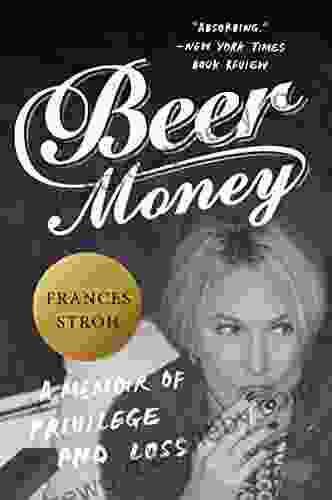
 Chris ColemanUnveiling "Beer Money Memoir of Privilege and Loss": A Captivating Tale of...
Chris ColemanUnveiling "Beer Money Memoir of Privilege and Loss": A Captivating Tale of... Troy SimmonsFollow ·18.2k
Troy SimmonsFollow ·18.2k Ivan TurnerFollow ·11k
Ivan TurnerFollow ·11k Douglas AdamsFollow ·10.8k
Douglas AdamsFollow ·10.8k Herb SimmonsFollow ·19.7k
Herb SimmonsFollow ·19.7k Anthony BurgessFollow ·15.9k
Anthony BurgessFollow ·15.9k Bradley DixonFollow ·19.8k
Bradley DixonFollow ·19.8k Clinton ReedFollow ·2k
Clinton ReedFollow ·2k Philip BellFollow ·14.6k
Philip BellFollow ·14.6k

 Al Foster
Al FosterDive into the Enchanting World of Manatees: An...
Unveiling the Secrets of the Gentle...

 Isaac Mitchell
Isaac MitchellThe Farm Reggie and Friends: US Version - A Captivating...
A Heartwarming Tale that Embraces...

 Esteban Cox
Esteban CoxThe Interior Design Handbook: Your Comprehensive Guide to...
Are you ready to...
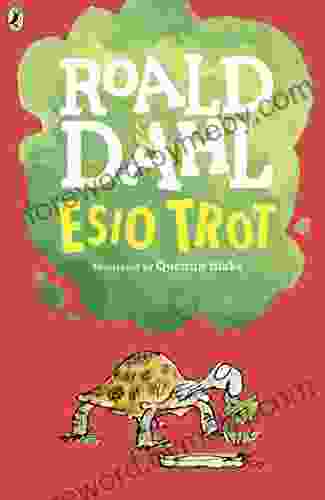
 William Wordsworth
William WordsworthFall Head Over Heels for "Esio Trot" by Roald Dahl: A...
Prepare to be charmed, amused, and utterly...
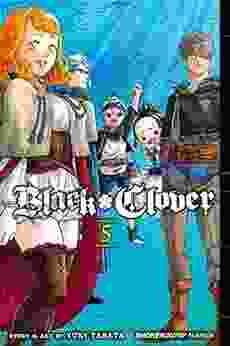
 Caleb Carter
Caleb CarterBlack Clover Vol Light Frida Ramstedt: A Thrilling...
Prepare to be spellbound by...
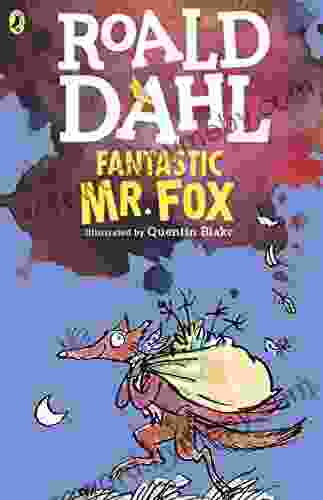
 Richard Simmons
Richard SimmonsFantastic Mr. Fox: A Literary Adventure That Captivates...
In the realm...
4.4 out of 5
| Language | : | English |
| File size | : | 3900 KB |
| Text-to-Speech | : | Enabled |
| Screen Reader | : | Supported |
| Print length | : | 208 pages |


